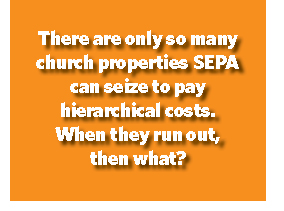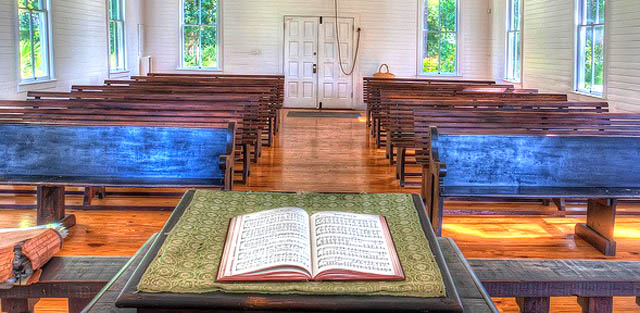 As Redeemer Ambassadors visit churches of the Southeastern Pennsylvania Synod of the Evangelical Lutheran Church in America, we are often asked where we are from. After three years, the question is still a kick in the gut.
As Redeemer Ambassadors visit churches of the Southeastern Pennsylvania Synod of the Evangelical Lutheran Church in America, we are often asked where we are from. After three years, the question is still a kick in the gut.
SEPA/ELCA rejected us four years ago. It did more than reject us. It confiscated our property and pursued members in court — an ongoing travesty that countless good Lutherans handle by looking the other way. (The message of the Good Samaritan story has been lost in translation.)
ELCA founding documents, the foundation of Lutheran law, forbid the confiscation of congregational property. Courts have decided they can’t uphold church law. They have no jurisdiction.
Two dissenting state Appeal Court judges wrote an opinion that if the law were followed, the members of Redeemer were making arguments that should be heard.
This should raise eyebrows among Lutherans.
East Falls Lutherans are left with a difficult choice. The hierarchical assumption (if not wish) is that members would seamlessly uproot their lives, traditions, and personal relationships and travel to other Lutheran churches on Sunday morning with their offerings. Suing church members makes this scenario unlikely. Which congregation wants the targets of SEPA litigation as members?
Other ELCA churches have failed to lift a finger. Many of them are no stronger than Redeemer—cowering as they await their turn at rejection. The less they do now, the more likely that day is coming.
There are lessons to be learned by the Church about how to treat church members. They are not unlike the lessons business and government are learning in the modern world. Power has shifted.
The Church, living in its own lawless bubble, may be the last to grasp this. People, in the post-feudal church at least, have long controlled the purse strings. Now they control communication as well.
The shift in power is a good thing. We should be rejoicing. People can make a difference! The whole Church can make a bigger difference — but only if the concept is understood and put to use.
When SEPA Synod visited East Falls with faux concern for the neighborhood back in March, Redeemer was there. Did Rev. Davenport realize that 10% of the audience that day had connections to Redeemer? She was oblivious. SEPA doesn’t realize that members don’t evaporate just because you lock doors. We still live here. We still participate in neighborhood government and patronize neighborhood businesses.
There are only so many church properties SEPA can seize to pay hierarchical bills before they will have to come up with a better survival tactic. Now is a good time to start looking!
What should the Church do with loyal members when they dare to challenge actions?
Just practice what is preached!
What would be happening today inside Redeemer if members had been treated as children of God and not as enemies that must be vanquished at any cost?
A better way is still possible. Sooner or later a Good Samaritan will pass by.
Meanwhile, Redeemer members visit the congregations who have rejected us and answer with pride, “We are from Redeemer Lutheran Church in East Falls.”
We are still Lutherans—and proud of it!









